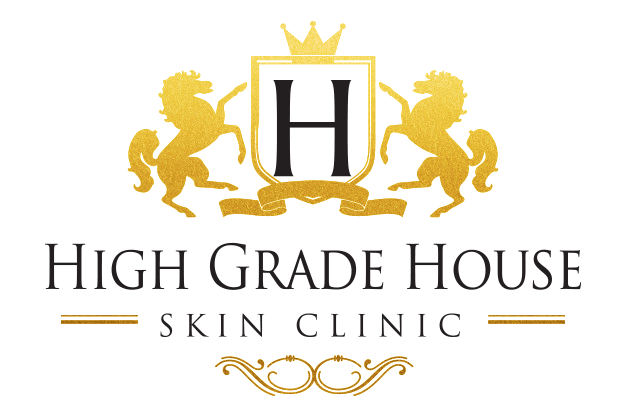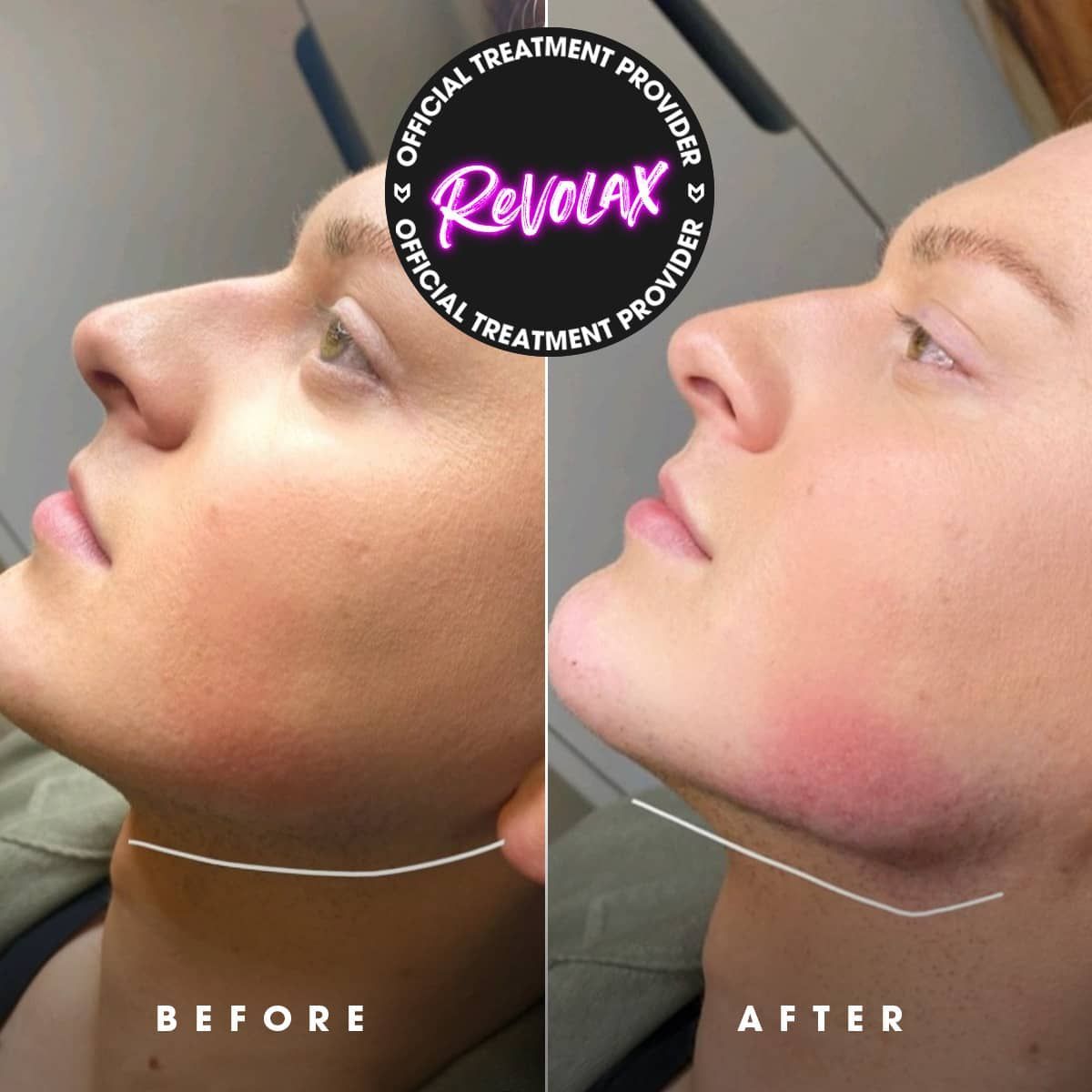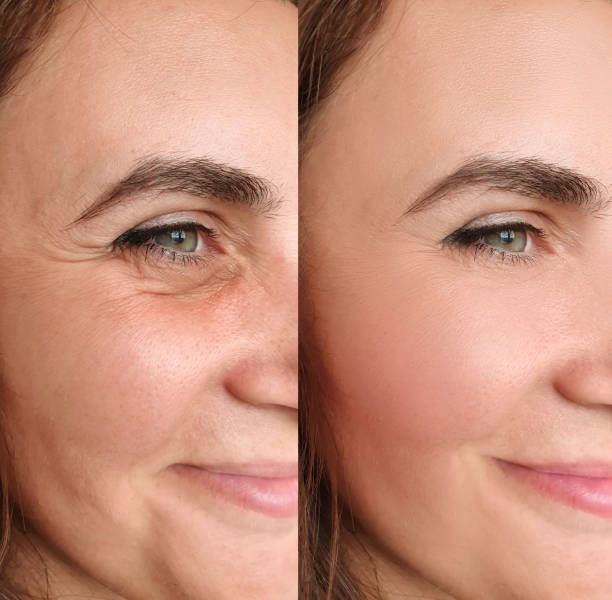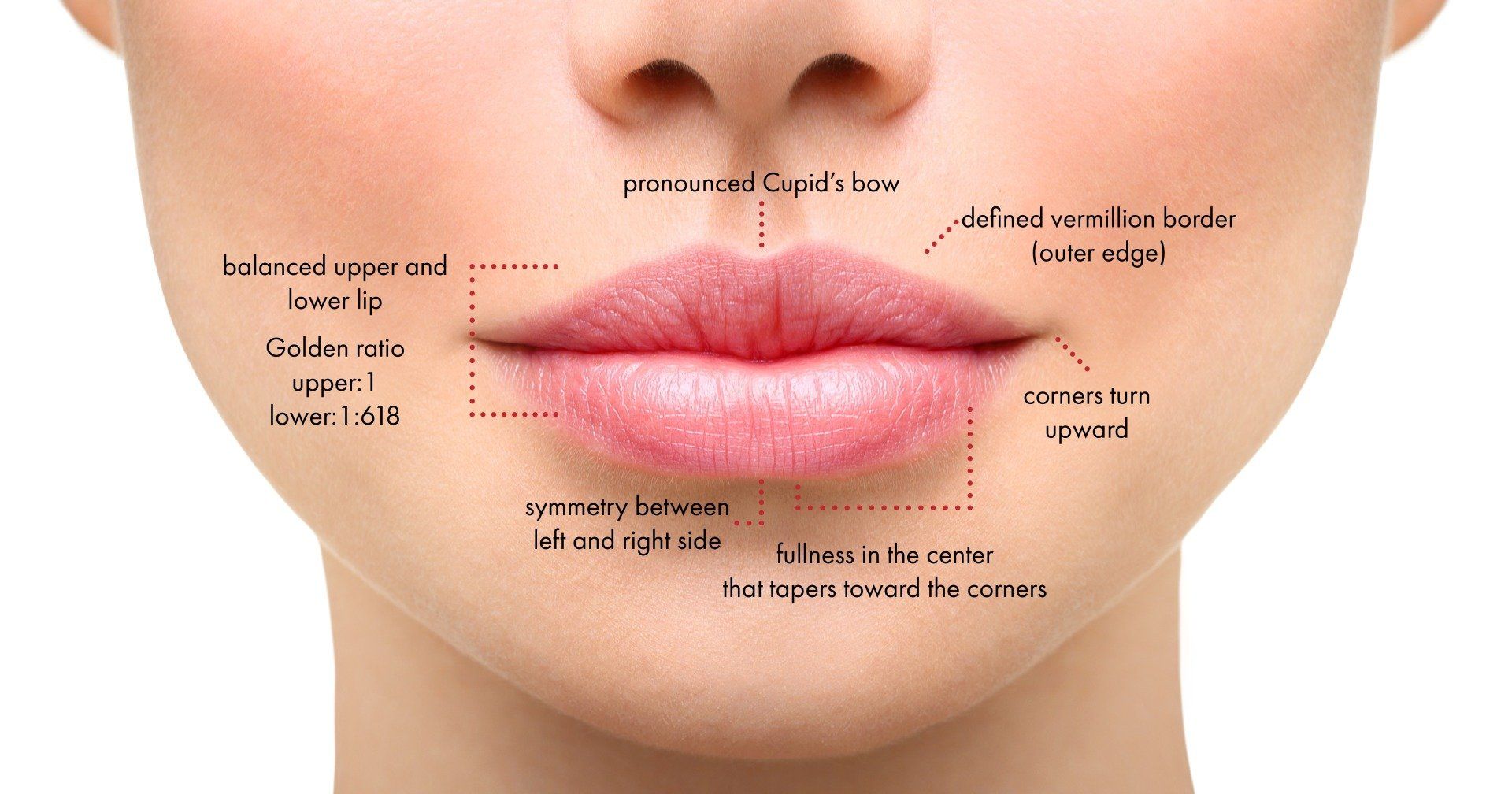Anti-Wrinkle Injections & Lip Fillers in Norwich
Expert Anti-Wrinkle Injections & Lip Fillers in Norwich
High Grade House Skin Clinic
At High Grade House, we bring over 20 years of expertise in clinical aesthetics, providing safe, professional treatments tailored to your individual needs. Our welcoming Norwich clinic is dedicated to helping you look and feel your best, with natural-looking results that enhance your confidence.
Our anti-wrinkle injections, including Botox, are designed to smooth fine lines and wrinkles, rejuvenating your appearance while maintaining your natural expressions. Each treatment is carried out by highly trained practitioners, ensuring precision, safety, and comfort throughout your visit.
We believe in a personalized approach—every consultation begins with understanding your goals, assessing your skin, and creating a treatment plan that fits your lifestyle. Whether it’s reducing forehead lines, crow’s feet, or frown lines, we focus on achieving subtle, youthful results that enhance your natural beauty.
Botox – Anti-Wrinkle Injections
Our anti-wrinkle injections use small doses of Botulinum Toxin (Botox™) to relax specific facial muscles, softening lines and preventing new wrinkles from forming. This non-surgical treatment is ideal for:
- Forehead lines
- Frown lines
- Crow’s feet
- Smoker’s lines
- Marionette lines
- Sagging brows
- Neck bands
While Botox doesn’t eliminate deep-set wrinkles, it can reduce their appearance and prevent further creasing. It’s a popular preventative treatment for maintaining a youthful, smooth complexion.
During your consultation, we’ll assess whether Botox alone is suitable or if you’d benefit from combination treatments such as dermal fillers, dermaplaning, or laser resurfacing.
Dermal Fillers
Dermal fillers are injectable treatments designed to restore volume, sculpt facial contours, and reduce the appearance of deep lines. We use premium fillers such as hyaluronic acid (HA) to achieve natural-looking, long-lasting results.
Common treatment areas include:
- Lips
- Cheeks
- Nasolabial folds
- Tear troughs
- Jawline & chin
Benefits include immediate results, minimal downtime, and customisable treatment plans.
Russian Lips – Sculpted Elegance
The Russian lip technique focuses on a lifted, heart-shaped lip with enhanced Cupid’s bow definition. Using a vertical injection method, this technique creates volume without the “duck lip” look — perfect for clients seeking refined, structured lips with natural balance.
Why clients love Russian Lips:
- More shape, less bulk
- Defined, symmetrical appearance
- Sophisticated and natural finish
Book your consultation for anti-wrinkle injections or lip fillers at our Norwich skin clinic today!



